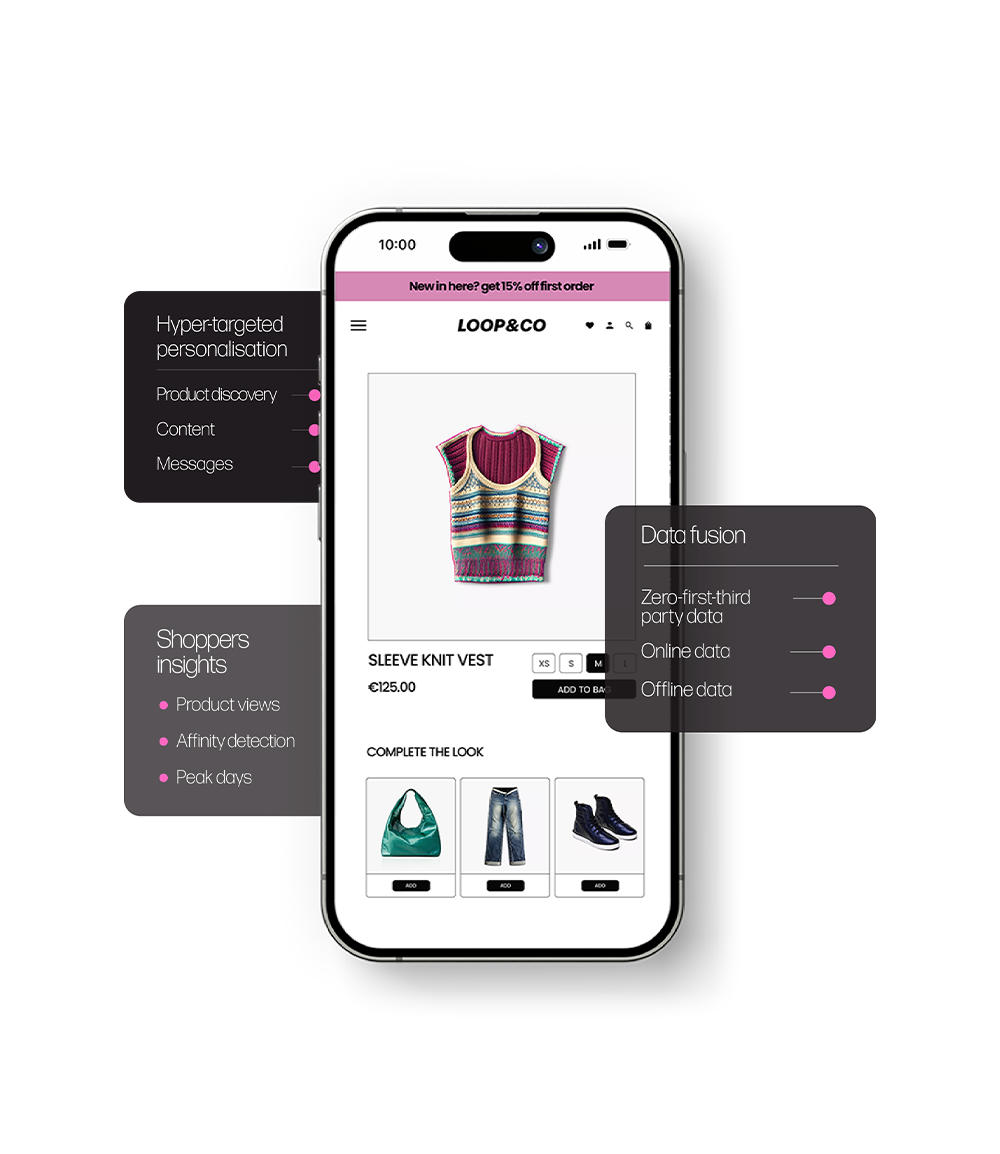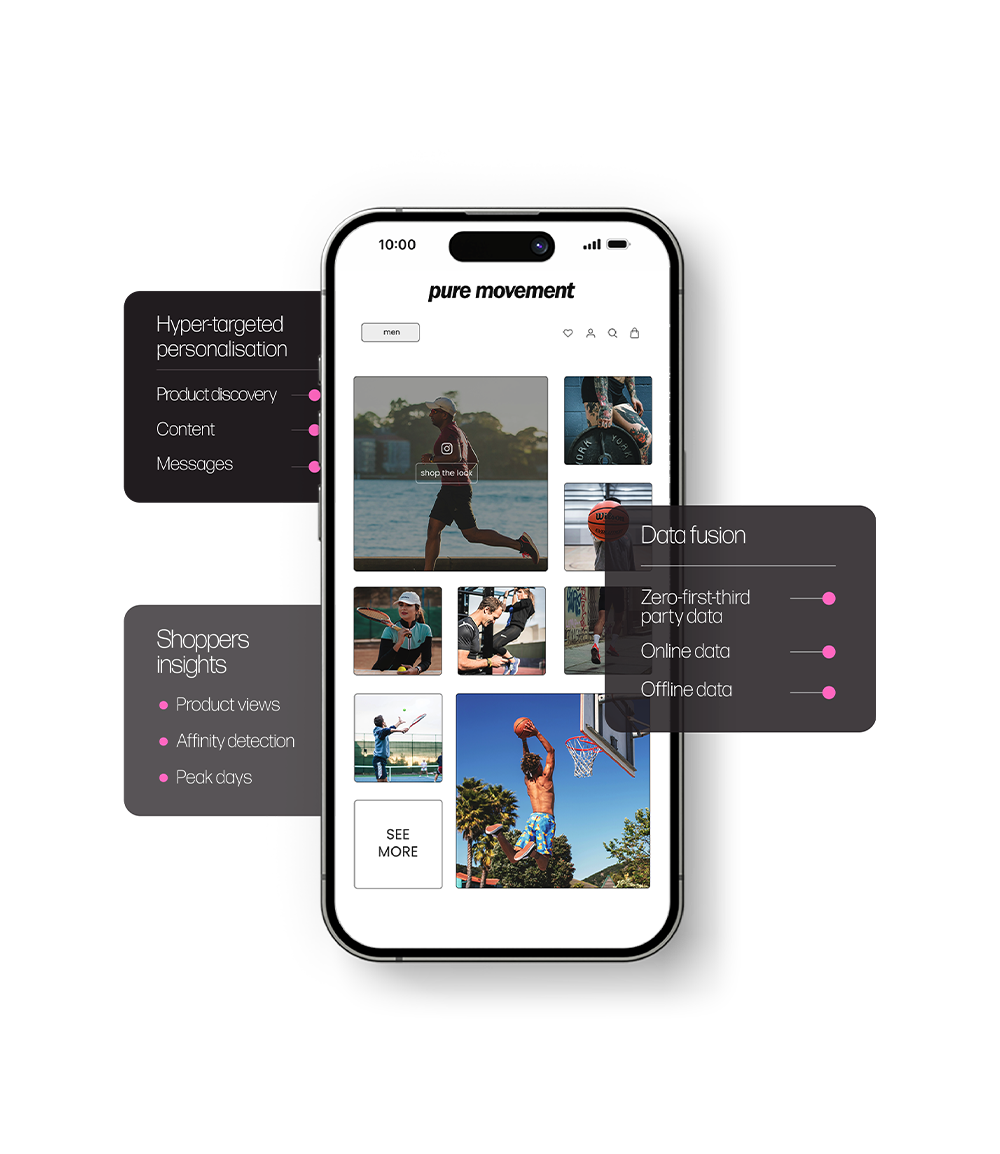Dynamic content blocks allow you to tailor messages to individual users. They adapt based on user data, creating a personalized experience.
In today’s digital world, personal touch matters. Audiences engage more with content that feels relevant to them. Using dynamic content blocks, you can achieve this level of personalization. These tools help deliver hyper-targeted messages, making your communication more effective. Instead of a one-size-fits-all approach, you can cater to individual preferences and behaviors.
This not only boosts engagement but also builds stronger connections with your audience. In this guide, we will explore how to use dynamic content blocks to enhance your messaging strategy. You’ll learn the basics and some best practices to get started. Let’s dive in.

Credit: instapage.com
Introduction To Dynamic Content Blocks
Dynamic content blocks are a game-changer in the world of digital marketing. They allow you to present highly personalized content to your audience. This not only enhances user experience but also boosts engagement and conversions. Let’s dive into the basics of dynamic content blocks and how you can use them for hyper-targeted messaging.
What Are Dynamic Content Blocks?
Dynamic content blocks are pieces of content that change based on user behavior, preferences, and other data points. Think of them as adjustable pieces of a puzzle that fit together to create a unique experience for each user.
You might have seen this in action when you visit an online store. The homepage might show products based on your past purchases or browsing history. That’s dynamic content at work.
It’s like having a personalized shopping assistant who knows exactly what you want. And the best part? It all happens automatically through data and algorithms.
Benefits Of Hyper-targeted Messaging
Hyper-targeted messaging means delivering content that is highly relevant to each individual user. This can significantly improve user engagement and conversion rates.
Imagine getting an email with product recommendations that feel like they were handpicked just for you. You’re more likely to click through and make a purchase, right?
It’s not just about sales, though. Hyper-targeted messaging can also improve customer loyalty. When users see that you understand their needs, they are more likely to return.
So, how can you start using dynamic content blocks for hyper-targeted messaging? Begin by gathering data on your users. Look at their behavior, preferences, and past interactions with your content.
Next, use this data to create different content blocks that can be dynamically inserted based on user profiles. This could be product recommendations, personalized greetings, or tailored content suggestions.
Have you ever felt like a website or email just ‘got you’? That’s the power of dynamic content blocks. Start using them today and see the difference in your engagement metrics.

Credit: www.nosto.com
Creating Dynamic Content Blocks
Dynamic content blocks allow marketers to deliver personalized messages. They adjust based on user data, ensuring relevant engagement. Enhance communication with targeted and adaptable content.
Creating dynamic content blocks can transform how you communicate with your audience. These blocks allow you to tailor your messaging to specific segments, delivering hyper-targeted content that resonates. By using the right tools and following a clear process, you can enhance your engagement and drive better results.Tools And Platforms
Several tools and platforms can help you create dynamic content blocks. Mailchimp and HubSpot are popular options. They provide user-friendly interfaces and robust features. Salesforce Marketing Cloud and ActiveCampaign also offer dynamic content capabilities. These platforms integrate with your existing systems for seamless operation. Choose a tool that aligns with your needs and budget. Consider the learning curve when selecting a platform. Some tools are more intuitive than others. Invest time in training to maximize the benefits of dynamic content blocks.Step-by-step Guide
Start by segmenting your audience. Use data like demographics, behavior, and preferences. This segmentation allows you to create personalized messages. Next, set up your dynamic content blocks. In Mailchimp, you can do this by navigating to the email builder. Drag and drop the content block into your template. Define the rules for each block. For instance, show a specific block to users who have purchased a product. This ensures relevant content reaches the right audience. Preview your dynamic content to check its appearance. Make sure each segment sees the appropriate message. Test different scenarios to ensure accuracy. Finally, analyze the performance of your dynamic content. Use metrics like open rates and click-through rates. This data will help you refine your strategy and improve future campaigns. Creating dynamic content blocks might seem daunting, but it’s a game-changer. Have you ever tried it? What was your experience?Implementing Hyper-targeted Messaging
To effectively connect with your audience, implementing hyper-targeted messaging through dynamic content blocks is essential. This approach allows you to tailor your messages to specific segments of your audience, making your content more relevant and engaging. Let’s delve into how you can implement hyper-targeted messaging by exploring segmentation strategies and personalization techniques.
Segmentation Strategies
Segmentation is the first step in delivering hyper-targeted messages. Start by dividing your audience into smaller groups based on specific criteria.
Consider factors like demographics, behavior, and past interactions. For example, you can create segments for new visitors, returning customers, or users who have shown interest in a particular product.
Using tools like Google Analytics, you can gather insights to refine your segments. This data helps you understand which groups are most valuable and how to best reach them.
If you ever wondered why some emails feel like they were written just for you, it’s because of effective segmentation. It’s like having a conversation with a friend who knows you well.
Personalization Techniques
Once you have your segments, the next step is to personalize your content. This means tailoring your messages to the specific needs and preferences of each group.
Use dynamic content blocks to change parts of your message based on the segment. For example, if you’re emailing a discount to loyal customers, mention their purchase history and how much you appreciate their loyalty.
Personalization can go beyond just names. You can customize images, product recommendations, and even the timing of your messages.
I once added a personal story about a customer who found the perfect product through a personalized recommendation. It resonated so well that sales increased by 20%!
Think about what makes your audience tick. Are they motivated by discounts, exclusive content, or maybe early access to new products? Tailor your content to meet these desires.
Hyper-targeted messaging isn’t just about selling; it’s about building a relationship. When your audience feels understood, they are more likely to engage and stay loyal to your brand.
So, are you ready to take your messaging to the next level? Start implementing these strategies today and watch your engagement soar!

Credit: www.nosto.com
Measuring Success
When using dynamic content blocks for hyper-targeted messaging, it’s crucial to measure success. Without effective measurement, you can’t know if your efforts are paying off. Tracking specific metrics helps you understand what’s working and what needs improvement.
Key Metrics To Track
To gauge the effectiveness of your dynamic content blocks, start by monitoring key metrics. Conversion rates should be your primary focus. If your messaging resonates, you’ll see an uptick in conversions.
Another critical metric is click-through rates (CTR). High CTR means your content is engaging and prompts users to take action.
Also, pay attention to bounce rates. A low bounce rate indicates that visitors find your content relevant and are willing to explore further.
Optimizing Campaigns
Once you’ve identified the key metrics, use them to optimize your campaigns. A/B testing is a powerful tool for this. Test different versions of your content blocks to see which performs best.
Look at the data and make adjustments. If one version has a higher conversion rate, analyze what makes it effective. Apply those insights to other content blocks.
Don’t forget to review the performance regularly. Trends can change, and what works today might not work tomorrow. Continuously optimize to stay ahead.
Have you noticed particular times when your audience is more responsive? Scheduling your dynamic content to go live during these periods can also boost engagement.
By keeping a close eye on these metrics and making data-driven decisions, you can ensure your hyper-targeted messaging hits the mark every time.
Conclusion
Dynamic content blocks offer a great way to target your audience. They make messaging more personal. This increases engagement and conversions. Start using them in your marketing strategy. Watch as your communication becomes more effective. Remember, simple steps can lead to big results.
Give dynamic content blocks a try today. Your audience will appreciate the personalized touch. Implement these tips and see the difference. Happy marketing!
